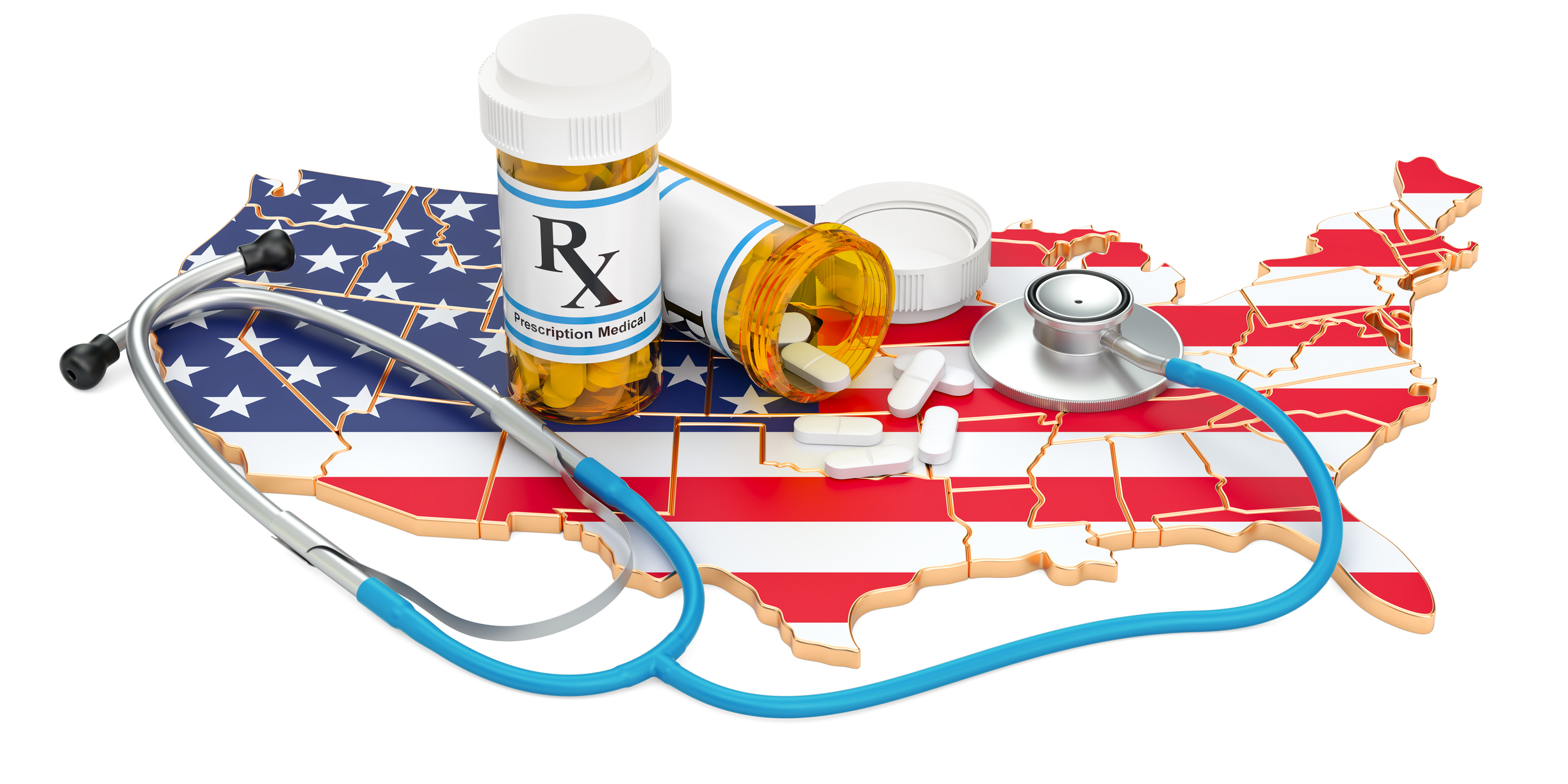“Most commonly people are told that having an A1c of 5.6 – 5.8% should be considered normal, but these levels already put you in the second highest category for brain shrinkage! I believe that, based on this information, we should strive to keep our A1c at 5.2 or even lower,”writes Dr. David Perlmutter.
Guidance statement of the American College of Physicians, March, 2018: “Clinicians should aim to achieve an HbA1c level between 7% and 8% in most patients with type 2 diabetes.”
“For my patients…a truly normal HbA1c ranges from 4.2 percent to 4.6 percent. Mine is consistently 4.5 percent.” Dr. Richard K. Bernstein, Dr. Bernstein’s Diabetes Solution
How do we reconcile these contradictory statements? Why do the latest medical guidelines call for an easing of Hemoglobin A1C goals, when respected clinicians argue for aggressive blood sugar lowering?
First of all, what is hemoglobin A1c? In contrast to glucose, which measures blood sugar at a given point in time, hemoglobin A1c (often abbreviated HbA1c) measures average blood sugar over an interval of 3 to 4 months.
But it expresses them not as average glucose, but as a percentage of hemoglobin that is glycated—normally in the mid-single digits, but ranging into double digits in poorly controlled diabetes.
The HbA1c test takes advantage of a natural—but harmful—consequence of the impact of blood sugar on the body’s proteins—in this case hemoglobin, the carrier of oxygen in our bloodstreams: it literally “cooks” in a low-temperature version of caramelization—the kitchen chemistry process by which proteins in foods brown with exposure to sugary marinades when put to the flame. This process of “glycation” is one of the key drivers of aging—it subjects all our organs to degenerative stress.
When our blood tests show a high, or even borderline HbA1c, it’s revealing just the tip of the iceberg. Our blood is conveniently accessible via a blood draw, but less apparent are the consequences to all the cells in our bodies—be they constituting heart, brain, muscles, eyes, internal organs. All are subject to slow, progressive glycation.
When it comes to our skin, the results of glycation are more overt: The appearance of damaged, wrinkly skin. Diabetes can be looked at as a process of accelerated bodywide aging via glycation. Our goal should be to glycate ourselves to the least extent possible.
Red blood cells have a lifespan of three to four months, so if you get a HbA1c test in October after embarking on a strict low-carb diet after Labor Day, your results might be skewed by all the piña coladas, tiramisu, and pizza you consumed in August while on summer vacation. Waiting 4 months from your last test ensures that you’re dealing with a whole new crop of red blood cells.
Since it’s an average, what the HbA1c can’t tell you is how much your blood sugars fluctuate. Because it’s an average, a person with erratic blood sugar with high peaks and valleys might have the same HgbA1c as someone whose numbers don’t vary much from day to day.
To assess how much your blood sugars jump around, you need to do fingerstick glucoses, or else use a continuous glucose monitor (CGM) to chart your blood sugar excursions over time.
But in early phases of metabolic syndrome, the body may work overtime to keep blood sugars relatively low, producing an illusory, normal-appearing HbA1c result. The best way to unmask that is via a glucose tolerance test with insulin; abnormally high glucose and insulin responses to a carbohydrate challenge are harbingers of insulin resistance—a hallmark of incipient metabolic syndrome.
Additionally, with glucose and insulin values, you can calculate a HOMA-IR which yields an approximation of the degree of your insulin resistance.
Since the HbA1c reflects an average of blood sugars over the last few months, it’s not necessary to fast before it; if, at the last minute, you want to atone for your prior dietary profligacy, just a week or so of clean eating prior to your test won’t hide the effects of your previous months’ indiscretions.
Guidelines vary, but an HbA1c from 5.0-5.6 to 5.8% is considered normal; 5.6 to 5.8-6.2 to 6.4% is borderline; and 6.2 to 6.4% and above is diabetic. For example, to achieve an HbA1c of 5.4% you’d have to notch an average blood sugar of 115; if found to be 6.4% it means your glucoses average a too-high 151. (See conversion table here) . The agreed-upon cut-off for suspicion of diabetes is a 90-minute post-meal glucose of 140 or higher.
Many of my patients complain that their doctors don’t bother warning them about an HbA1c of 5.9 or 6.1 because they’re older. That’s because MDs are resigned to deteriorating blood sugar control as people age because it’s so prevalent. But it’s not optimal, nor is it inevitable. It should be addressed, because rising blood sugar is a leading predictor of strokes and heart attacks, as well as a myriad of degenerative conditions like Alzheimer’s, kidney disease, fatty liver, osteoarthritis, and osteoporosis. Even cancer risk has been linked to elevated HbA1c—even before it reaches the threshold of overt diabetes.
Is the HbA1c foolproof? Does it always provide a clear delineation of your blood sugar control?
Not always. First, there’s wobble—normal lab error. Surveys show that there can be as much as a 0.5% variation from lab to lab. Which might mean the difference between optimal control and borderline diabetes.
But even if the tests are accurate, a salient fact is that HbA1c is predicated on a normal lifespan of red blood cells and a normal behavior of hemoglobin. Any condition which alters that, or produces anemia, can change the exposure window of hemoglobin to blood sugar, or modify the way sugar binds to hemoglobin.
This means that heavy menstrual bleeding, severe liver or kidney disease, iron or B12 deficiency or sickle cell anemia, even relatively common Thalassemia or sickle traits among persons of Asian, Mediterranean or African background, can distort test results.
For example, iron deficiency, common in young women, can lead to a false positive elevation of HbA1c. Persons who have undergone splenectomy may have spuriously high HgbA1c because their aged red blood cells are not filtered out—a role normally performed by the spleen.
Conversely, recent blood loss from surgery, heavy menstrual cycles, or other types of anemia may cause your A1C to be falsely low.
To complicate matters, there appear to be genetic differences in HbA1c’s relationship to blood glucose; these “unknown confounders”, sometimes corresponding to race or ethnicity, explain why certain individuals are naturally prone to spuriously high or low HbA1c. The authors of a recent study caution:
“Until the reasons for these differences are more clearly defined, reliance on HbA1c as the sole, or even preferred, criterion for the diagnosis of diabetes creates the potential for systematic error and misclassification. HbA1c must be used thoughtfully and in combination with traditional glucose criteria when screening for and diagnosing diabetes.”
So what are we to make of the conflicting advice about HbA1c? How low should we go? The answer: It depends on how you get there.
The recent American College of Physicians guidelines arguing for more lenient HbA1c goals cited above were based on studies that showed that intensive blood sugar control in diabetics—with insulin and oral medications—generated more problems than benefits. Insulin and many oral diabetes drugs may cause patients to gain weight, worsen lipid profiles, and put them at risk for hypoglycemia, a potential trigger of accidents, falls and even seizures. While the HbA1c improves with aggressive blood sugar control, unforeseen medication side effects negate the potential longevity gains anticipated with glucose lowering.
What Perlmutter and Bernstein are talking about are radical HbA1c reductions achieved via lifestyle, mostly by stringent low-carb dieting and vigorous exercise. In Bernstein’s paradigm for Type 1 diabetics, very rigorous blood-sugar monitoring with frequent injections of low-dose, short-acting insulin are intended to minimize the adverse cumulative effects of excess insulin.
Neither program is for the faint-hearted, and they require a high degree of discipline to achieve. Most doctors are resigned to their patients’ non-compliance, and therefore the ACP guidelines are content to settle for mediocrity for the sake of safety.
But I say, go for the gold when it comes to HbA1c! While I think that targeting a sub 5.0 HbA1c is a little unrealistic (it may require unfaltering adherence to a ketogenic diet), shooting for 5.0 to 5.4% should help you minimize the harmful effects of glycation without becoming too obsessive.
Of interest is the impact on HbA1c of the nutraceutical berberine—a constituent of goldenseal and Oregon grape root. In a small pilot study, a group of patients with Type 2 diabetes were given berberine (500 mg three times daily) or the medication metformin for 3 months. The hypoglycemic effect of berberine was similar to that of metformin—significant decreases in hemoglobin A1c (from 9.5% to 7.5%). My favorite berberine product is CM Core from Ortho Molecular.
Listen to my Clinical Focus podcast episode on the subject of hemoglobin A1c.







